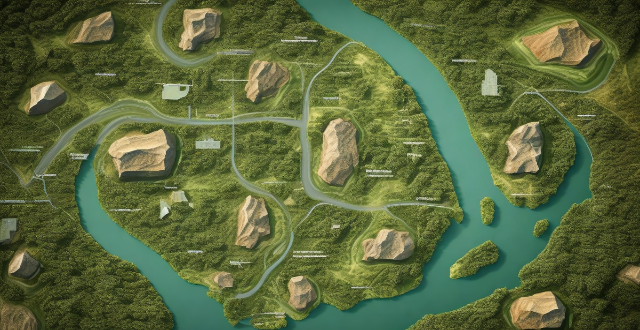Climate change has the potential to cause the extinction of certain species through a variety of mechanisms including rising temperatures, changes in precipitation patterns, loss of habitat, and disruption of food webs. It is essential that we take action to mitigate the effects of climate change and protect vulnerable species before it's too late.

Can Climate Change Cause Extinction of Certain Species?
Climate change is a complex and multifaceted issue that has far-reaching consequences for the natural world. One of the most pressing concerns is the potential for climate change to cause the extinction of certain species. In this article, we will explore the various ways in which climate change can impact wildlife and lead to their disappearance.
The Impact of Rising Temperatures
One of the most obvious effects of climate change is the rise in global temperatures. This can have a profound impact on wildlife, particularly those species that are adapted to specific temperature ranges. For example:
* Polar bears rely on sea ice to hunt seals, but as temperatures rise, the ice is melting earlier and forming later in the year. This reduces the amount of time polar bears have to hunt and can lead to starvation.
* Coral reefs are sensitive to changes in water temperature and can suffer from bleaching events when temperatures rise too high. This can lead to the death of the coral and a decline in biodiversity.
Changes in Precipitation Patterns
Another consequence of climate change is changes in precipitation patterns. Some areas may become drier, while others may experience more frequent and severe flooding. These changes can also have a significant impact on wildlife. For example:
* Many plant species require specific rainfall patterns to germinate and grow. Changes in precipitation can disrupt these patterns and make it difficult for plants to reproduce.
* Animals that live in dry environments, such as deserts, may struggle to find enough water if rainfall becomes less predictable or more scarce.
Loss of Habitat
As temperatures rise and precipitation patterns change, many habitats are being lost or altered. This can have a devastating impact on wildlife that relies on those habitats for survival. For example:
* Forests may suffer from wildfires or insect infestations as temperatures rise, leading to the loss of habitat for many species.
* Coastal habitats, such as mangroves and salt marshes, are threatened by rising sea levels caused by climate change. This can lead to the loss of important nursery grounds for fish and other marine organisms.
Disruption of Food Webs
Climate change can also disrupt food webs by altering the timing of seasonal events or changing the distribution of prey species. This can have cascading effects throughout ecosystems. For example:
* Migratory birds may arrive at their breeding grounds at different times than their prey, making it difficult for them to find enough food to survive and reproduce.
* Warming temperatures can cause some prey species to move further north or up mountainsides, leaving predators behind without sufficient food sources.
Conclusion
In conclusion, climate change has the potential to cause the extinction of certain species through a variety of mechanisms including rising temperatures, changes in precipitation patterns, loss of habitat, and disruption of food webs. It is essential that we take action to mitigate the effects of climate change and protect vulnerable species before it's too late.